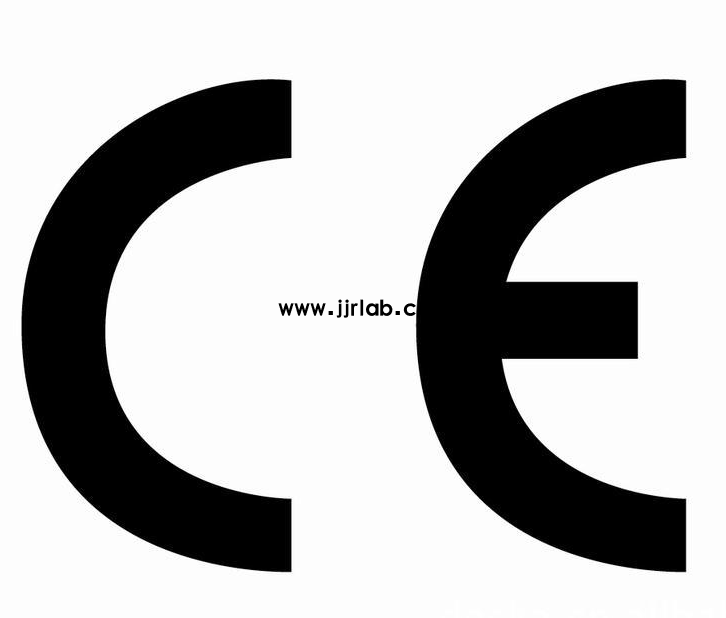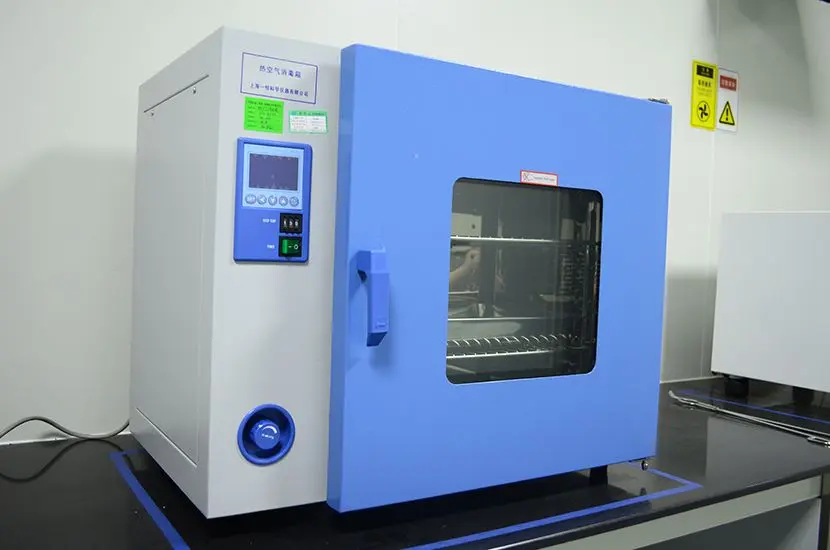
Medical Device YY 9706.102-2021 Baseline Testing
Baseline testing of medical devices, including preliminary EMC (Electromagnetic Compatibility) and safety assessments, is a critical step in the development, production, and certification of medical devices.
Medical device baseline testing is conducted in the early stages of development. It aims to understand the basic performance and characteristics of the medical device, providing an initial evaluation of its adaptability and feasibility. This helps prevent delays during the registration inspection process and REDuces the time to market.
Baseline testing assists the development team in identifying potential issues during the product design phase and making necessary improvements and optimizations.
Preliminary EMC Electromagnetic Compatibility Assessment
All active medical devices must comply with the yy 9706.102-2021 standard.
Emission Tests:
1. CE - Conducted Emissions - GB4824 EN55011 CISPR11
2. RE - Radiated Emissions - GB4824 EN55011 CISPR11
3. Harmonic - Harmonic Current - GB17625.1 EC 61000-3-2
4. Flicker - Voltage Fluctuations and Flicker - GB17625.2 IEC 61000-3-3
Immunity Tests:
5. ESD - Electrostatic Discharge - GB17626.2 IEC 61000-4-2
6. RS - Radiated Immunity - GB17626.3 IEC 61000-4-3
7. EFT - Electrical Fast Transients - GB17626.4 IEC 61000-4-4
8. Surge - Surge Immunity - GB17626.5 IEC 61000-4-5
9. CS - Conducted Immunity - GB17626.6 IEC 61000-4-6
10. PFMF - Power Frequency Magnetic Field - GB17626.8 IEC 61000-4-8
11. Dips - Voltage Dips and Interruptions - GB17626.11 IEC 61000-4-11
EMC (Electromagnetic Compatibility) is a crucial performance requirement for medical devices to ensure they operate correctly in an electromagnetic environment without causing adverse effects on other equipment.
Preliminary EMC assessment involves evaluating and testing the electromagnetic compatibility of the product early in the development process. This helps identify and resolve potential EMC issues promptly.
Common EMC problems include high resistance in device wiring, inadequate shielding of cables, and emission problems from switching power supplies. Therefore, these factors shoULd be carefully considered in the design phase, and appropriate measures should be taken to reduce electromagnetic interference and enhance electromagnetic protection.
Preliminary Safety Assessment
All active medical devices marketed domestically must comply with the medical device safety standard GB 9706.1-2020.
The medical device safety standard covers critical aspects of active devices prone to non-compliance, such as:
- Dielectric strength
- Leakage current
- Ground resistance
Safety standards refer to the safety performance requirements that medical devices must meet during use to ensure the safety of patients, operators, and other individuals. These standards include electrical safety, mechanical safety, radiation safety, and other requirements and tests. These tests verify whether the medical device poses any harm to individuals under normal and fault conditions.
During the development and production of medical devices, it is essential to strictly adhere to relevant safety standards and requirements to ensure that the product's safety performance meets the regulations.
Preliminary Product Technical Parameters Assessment
All medical devices typically have their specific technical parameters and intended clinical uses, which vary between products. For example, a mid-frequency therapy device requires confirmation of waveform frequency, waveform width, period, amplitude, and other parameters. Devices like infusion pumps and syringe pumps with specific alarm sound requirements need to be verified.
In summary, thorough preliminary testing in these areas is crucial to ensure the medical device meets necessary standards and functions safely and effectively.
Email:hello@jjrlab.com
Write your message here and send it to us
 European Authorized Representative for Medical Dev
European Authorized Representative for Medical Dev
 Low Voltage Testing Services
Low Voltage Testing Services
 Constructive Playthings Foam Block Toys Safety Sta
Constructive Playthings Foam Block Toys Safety Sta
 Prop 65 Textile Testing
Prop 65 Textile Testing
 Environmental Testing for Electronic Products
Environmental Testing for Electronic Products
 Food Packaging Testing Laboratories
Food Packaging Testing Laboratories
 What is CE Certification for Electrical Equipment?
What is CE Certification for Electrical Equipment?
 Requirements for EAC Declaration of Conformity (Do
Requirements for EAC Declaration of Conformity (Do
Leave us a message
24-hour online customer service at any time to respond, so that you worry!




